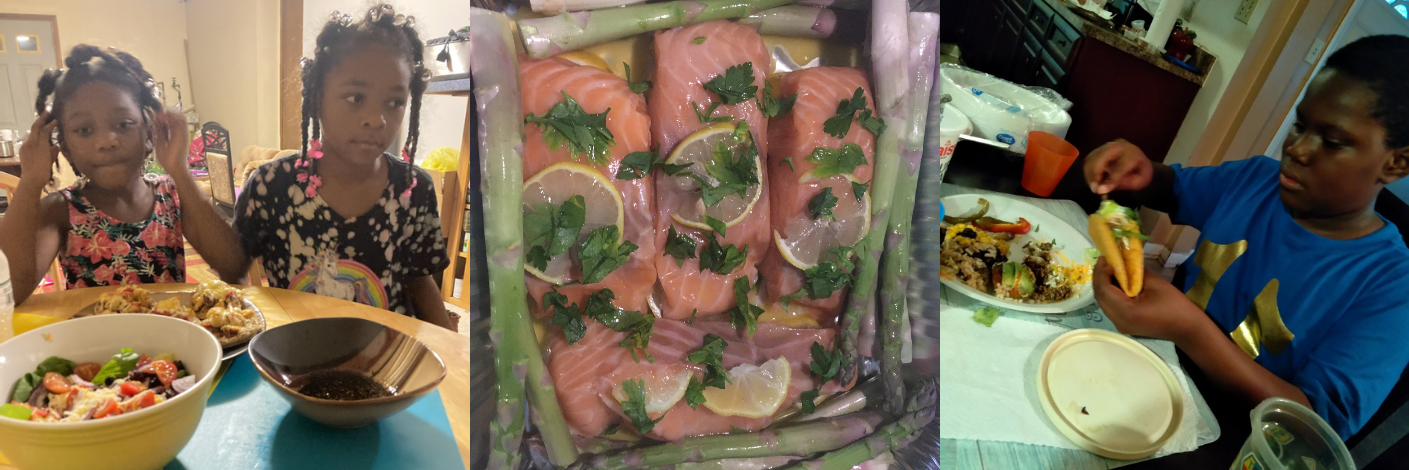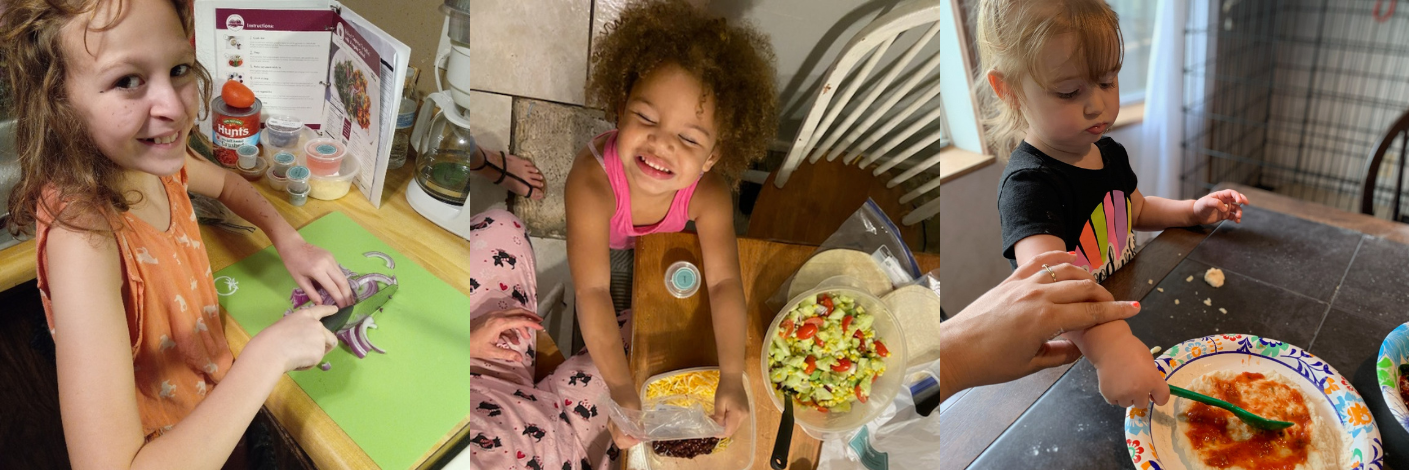Community Stakeholder Recruitment Strategies
-
- Stakeholder Referrals
- Researched community organizations
- Leveraged existing relationships (IFAS extension agents, partners from previous projects)
Target Audience Participant Recruitment
Participant recruitment was required to identify suitable candidates for program implementation. The recruitment strategy centered around the assistance of Community and School Stakeholders to provide various opportunities and locations. Recruitment events, personal referrals, campus recruitment and other opportunities were established by the stakeholders. Community members assisted with targeted outreach identifying specific organizations and groups that aligned with the purpose of the program. Additional schools in the surrounding area were surveyed when recruitment numbers were low. Screening meal kit participants consisted of measuring them against eligibility criteria. Participants must be the main food preparer, SNAP-eligible, 18-years of age, speak English and have at least 1 child in the household.
-
- Focus groups: Stakeholders connect study staff with these participants. They should be adults over the age of 18 who qualify for food assistance programs and are the main preparer of meals in their household. They must also have at least one child under the age of 18.
- Meal Kit Participants: They should be adults over the age of 18 who qualify for food assistance programs and are the main preparer of meals in their household. They must also have at least one child under the age of 18. Stakeholders connect study staff with these participants. They may also be contacted through advertising with social media, flyers, or other means.
- Students: These are children enrolled in the culinary and/or agriscience program at the school.
Advertising
Recruitment was a concerted effort, accomplished by program staff, volunteers, stakeholders (community and school) as well as potential participants. Successful recruitment hinged on eligibility screening and wide-spread advertising in the targeted areas. Advertising methods are listed below:
-
- Flyers: Created and distributed to local schools, churches, food banks, and at community events in the targeted area
- Social Media: Flyers were posted digitally on community member’s sites increasing the radius and reaching more in the targeted area
- Community Events (in-person advertising/recruiting): Program staff participated in community events such as food pantries and giveaways, health events recommended by community stakeholders to distribute flyers and indicate interested people for further screening
- School Pickups: Program staff joined the student pickup lines at various educational facilities and distributed flyers to the parents/guardians
- Referrals: Potential participants, program staff, volunteers and stakeholders provided names and phone numbers of other interested parties



